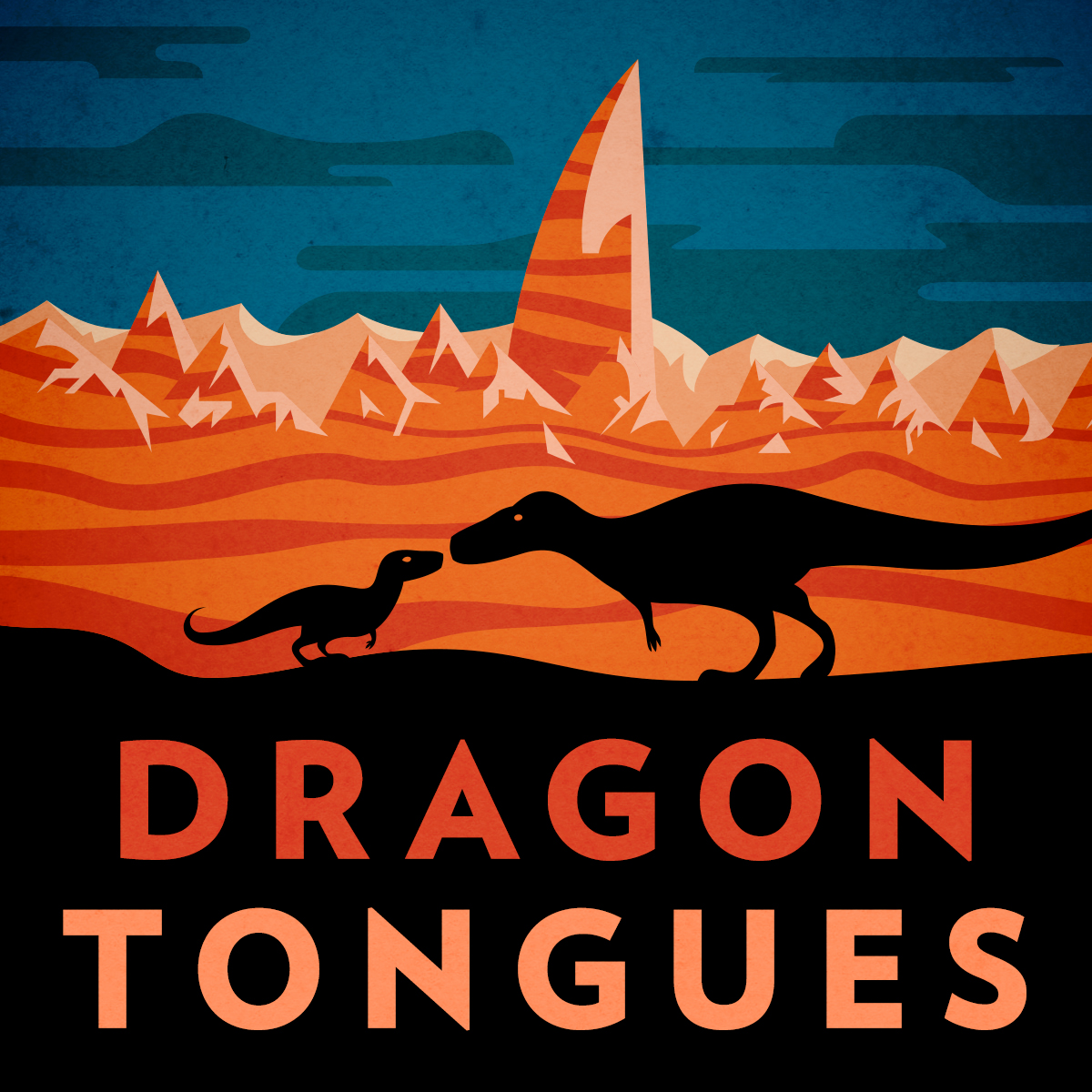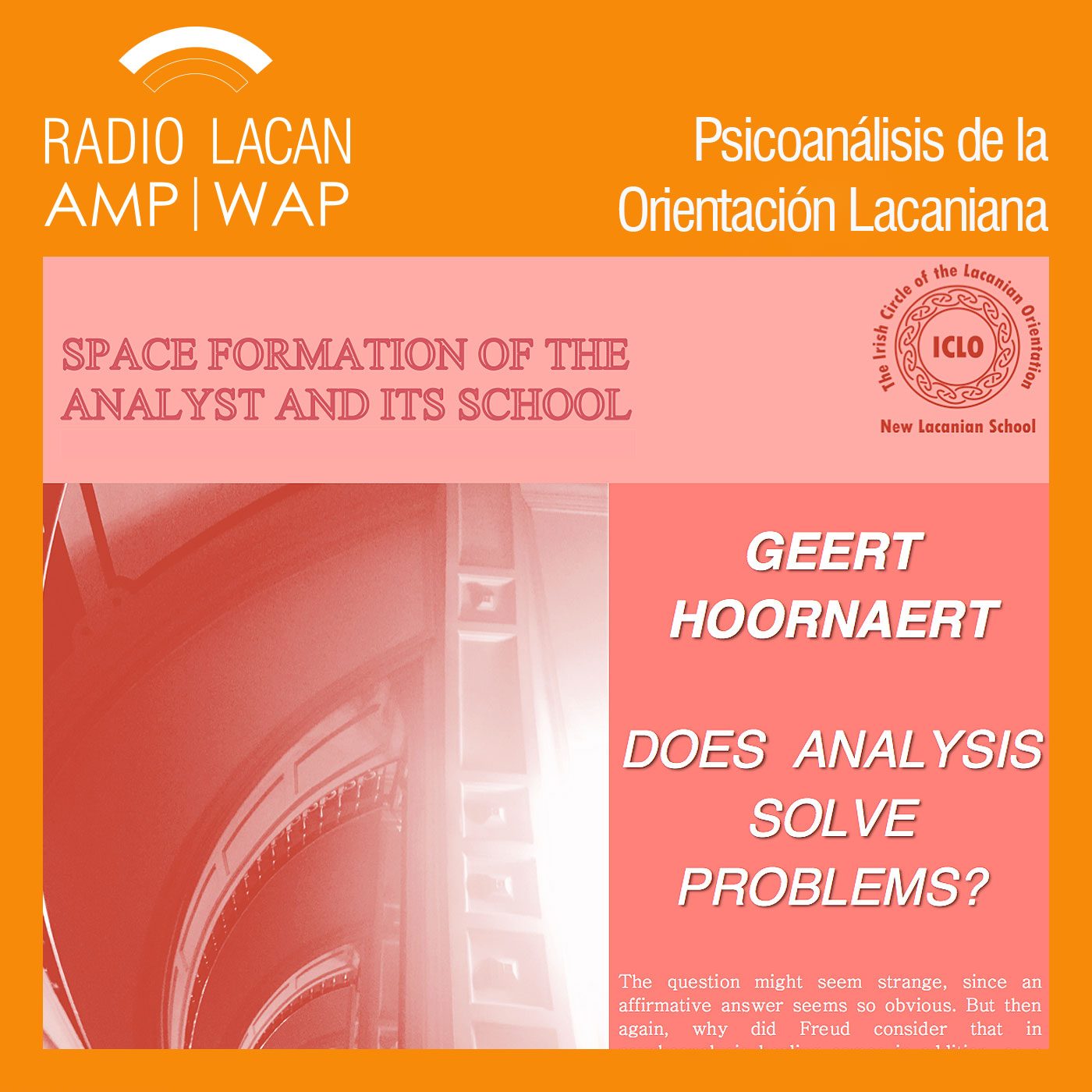 |
Foundations of Amateur RadioThe building blocks for Amateur Radio, one concept at a time Author: Onno (VK6FLAB)
Starting in the wonderful hobby of Amateur or HAM Radio can be daunting and challenging but can be very rewarding. Every week I look at a different aspect of the hobby, how you might fit in and get the very best from the 1000 hobbies that Amateur Radio represents. Note that this podcast started in 2011 as "What use is an F-call?". Language: en-au Genres: Education, How To, Physics, Science Contact email: Get it Feed URL: Get it iTunes ID: Get it |
Listen Now...
Building a shack: Part 6 - Noise
Saturday, 17 January, 2026
Foundations of Amateur Radio Noise la la la la la hinders if I were a rich man effective a noise annoys an oyster communication but a noisy noise annoys an oyster more. Or said differently, when you're trying to communicate, something that the hobby of amateur radio does in spades, you'll need to deal with a phenomenon called noise. This noise comes in different forms, but the effect is the erection of barriers to successful communication. We refer to the impact of noise as a signal to noise ratio or SNR, the signal being the desired information, the noise the undesired interference. Expressed in decibels so you can deal with a massive range using a small number, an SNR greater than 0 dB means that the signal is stronger than the noise. Building a shack requires that you consider noise in many forms. If you've been a radio amateur for a few moments, your mind is likely to head straight for the hiss, crackle and pop you might hear whilst attempting to communicate on HF, but there's a few other things to discuss. There's all sorts of electronic noise received by your radio. In addition, there's audio noise picked up by your ears, and often your microphone. Then there's the noise that you produce, either from your transmitter into the rest of the building, or from your mouth or speakers into the ears of the people you share the space with. Starting with audio, having a space that you can close the door on is a good way to limit the noise coming into and leaving your shack. An alternative is to wear headphones and generate text to speech, or prerecord your voice, ready for a contact, potentially ideal for contesting, not so much for free form discussion. Another consideration is audio from other radios, including those tuned to a local broadcaster, or aviation frequencies. In other words, if you're transmitting with a microphone, make sure that there's no other audio coming through. In some cases it's even illegal to transmit that audio, but in all cases it's noise that makes communication more difficult. This kind of audio noise mitigation is pretty straightforward. In stark contrast, achieving the same with electronic noise is pretty much a balancing act between budget and effectiveness. The impact of noise is inversely proportional to distance. Essentially, the closer it is, the more impact it has. With that in mind, when you start dealing with noise, start nearby and work your way out. As you eliminate the nearby noise, other sources will become apparent. Without turning this into a noise mitigation class, the process is essentially one of elimination. First locate the noise source, then eliminate it. That's easier said than done. For example, if the noise source is a power supply sitting on your bench, you can turn it off, except if that power supply is the one powering your radio, so perhaps I should say: "attempt to eliminate it" instead. There's plenty of ways to have a go at this and volumetric kilotons of content published on the subject, some of it even useful. In many, but not all cases, noise is an electrical phenomenon that enters via any means possible and you'll need to attempt noise mitigation at multiple points of entry. Obvious sources are the power supply, coax and the antenna connection, the speaker cable, the microphone lead, and if you're using a computer, the USB, serial or Ethernet cable and within the computer itself. Each requiring different approaches. The obvious one is to disable the noise, that is, turn off the offending device. As I said, that might not be an option, but you can replace noisy gear, or place it further away. There's isolation, using tools like ferrites and chokes to stop the noise from reaching your radio. Often in the form of a clip-on blob, you'll find these on things like monitor and USB cables. Place the ferrite as close as possible to the input of your radio. If it's loose on the cable, wind it through the ferrite, the tighter the better. There's software solutions with varying levels of effectiveness. You'll find DSP or Digital Signal Processing knobs and buttons on many radios. They're generally helpful for narrowband repeating noises, like the hum of an electric motor or power supply. There's tools that attempt to impose a noise on your signal that cancels out the noise, anti-noise, if you like, by receiving the noise, inverting it and adding it to your signal, thus, at least theoretically, eliminating it, noise minus noise is silence. This can take the form of a device for noise coming in from the antenna, but it also applies to things like noise cancelling speakers. In audio this is called active noise cancelling. There's also a new crop of noise cancelling software, using A.I. or Assumed Intelligence, that captures your signal, attempts to figure out what's noise and what's not, removes the noise and then feeds it back to you. Your Mileage May Vary and if you break it, you get to keep both parts. Consider your privacy and security implications of sending your audio out the door to be processed. That's not to say that, at least theoretically, effective local Machine Learning models could be created to help with this. I have yet to see one. At some point you'll hopefully reach a place where the noise inside your shack is no longer an issue. Then you'll discover your noisy neighbours, with solar panel inverters, pool pumps, plasma televisions, broadband modems, kids toys and pretty much anything electronic, purchased with no consideration whatsoever in relation to your hobby. I'm mentioning this, because more often than not, you'll have little or no control of those devices. You could cultivate your relationship with your neighbours and discuss your situation, but don't expect compliant hardware to magically solve all your issues. Antenna orientation, horizontal versus vertical might assist, as might placement or distance from the noise source. It's why I suggest that you start this journey with simple antennas, with plenty of room for evaluation and modification to suit the conditions. All this to point out that once you have the perfect shack, your work is only just beginning, but then I suspect that you've already realised this. Like antennas, I will note that noise and its elimination is an integral part of this hobby. It's easy to forget that, whilst you're in the middle of a frustrating hunt for a noise source, and if you like you can think of it as ripples or waves on the pond whilst you're casting a fly. When you discuss this with other amateurs, you'll likely come across terms like QRM and QRN, the last letter describing either Man-made or Natural noise. I'm not sure how helpful the distinction is, but it's there if you need it. One resource worth mentioning is a website called qrm.guru. It has documented processes and tools to discover where noise is coming from and how to go about dealing with it. I'm Onno VK6FLAB










